- 90
Caiabianco 2015
Profile
-
Fruit
-
Body
-
Dryness
-
Freshness
-
Alcohol
Variety
Flavours
-

-

-

Glass

Serving Temperature

Food pairing
-

-

-

Maturity
Drink nowYou may like these...
More about this product
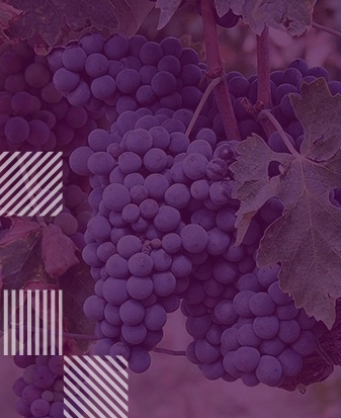
Caiarossa
The winery was established in 1998 and is located in the heart of Tuscany, near the town of Cecina. Initially, it was built as geo-dynamic, and wine production adheres to the laws of biodynamics. Mineral fertilizers and pesticides are not used. Currently, 11 varieties are grown: Sangiovese, Merlot, Cabernet Franc, Cabernet Sauvignon, Petit Verdot, Syrah, Grenache, Mourvèdre for reds; Chardonnay, Viognier and Petit Manseng for whites. The wines are aged in different oak barrels. but only a small percentage (35%) of them are new oak. The idea is not to hide the personality of the wine behind the wood, but rather to let it express its natural characteristics and tastes.
All wines of the same producer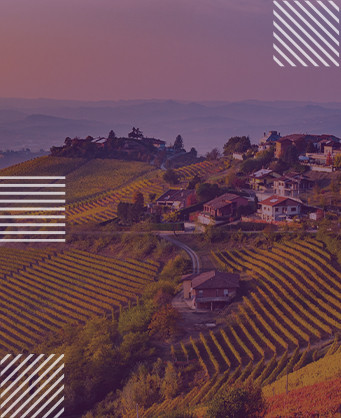
Tuscany
Тоскана е сред най-разнообразните и значими области за италианското вино, където се получава оптималната комбинация на местни и международни сортове, разположени на много различни тероари. През втората половина на ХХ век тя успя да измине пътя от невзрачно качество до създаване на ярки международни звезди като Sassicaia, Solaia и Ornellaia. Не случайно ги наричат Супертоскански (Supertuscan) заради невероятните им ароматни и вкусови характеристики, съчетани с потенциал за отлежаване. Погледната на картата, Тоскана прилича на лозов лист в сърцето на Апенинския полуостров. Тя е границата между силно индустриализирания Север и селскостопанския Юг на Италия. Дели се на девет отделни провинции: Арецо, Флоренция, Гросето, Ливорно, Лука, Маса-Карара, Пиза, Пистоя и Сиена, кръстени на главните градове. Колкото и да е различна Тоскана, като цяло климатът й е средиземноморски с много слънчеви дни в годината. Почвите са основно съставени от глина, пясък и варовик. Шейсет и осем процента от релефа на областта е описан като хълмист. Сортовете, които са най-разпространени, са санджовезе (абсолютен лидер и безкрайна гордост за местните), канайоло, малвазия, требиано, каберне совиньон, каберне фран, мерло, шираз, верментино и чилиеджоло. Санджовезе (Sangiovese) вече се е превърнал в синоним на топвино от Тоскана, и макар сортът да е широко разпространен в Централна Италия, тосканският климат (който понякога е с доста мразовити зими) и богатите на калций варовиково-глинести почви се оказват най-гостоприемни за него. Санджовезе може да бъде богато и сочно, но освен това притежава добър потенциал за пресъздаване на специфичния за района тероар. Традиционно в областта го купажират с канайоло и с малвазия, а понякога и с требиано, но от 80-те години на XX век производителите, отдадени на идеята за суперпремиумни вина с принадлежност, го предпочитат 100% чисто. Това е залегнало и в класификацията на областта, според която високите категории DOC и DOCG толерират санджовезе като задължителен участник с над 85% в сортовия купаж. Ето защо не е чудно, че санджовезе владее лозята на Карминяно (Carmignano), Руфина (Ruffina), хълмовете около Винчи (Vinci), Кианти (Chianti) и Кианти класико (Chianti Classico), на юг около Монтепулчано (Montepulciano) и Монталчино (Montalcino). Броят на насажденията за един хектар е 3500 - 4000 за старите лози и 6000 - 10 000 за новите.
More wines of this region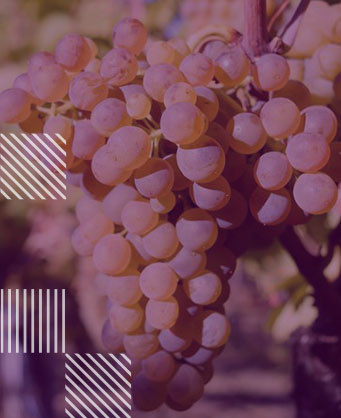
Viognier
Viognier is a white grape variety used to produce rich wines with pronounced aromas of stone fruit, but can also be very herbal, with aromas of chamomile, lavender, thyme and even a hint of pine. At the end of the 1960s, the Viognier plantations numbered only 14 hectares - mainly located around Condrieu and Château-Grillet. The variety is difficult to grow, has a naturally low acidity. At the same time, it requires a lot of sunshine to ripen properly, but if there is too much heat, it accumulates sugars quickly and due to the high alcohol content, the final wine loses the apricot tones in its aromatic profile. Despite these difficulties in cultivation, after the late 70s of last century, various winemakers around the world began to experiment with it - mailny in Australia and the United States. Today, Viognier is enjoying a remarkable renaissance, with even increasing areas in France, and is also grown in Italy, Spain, Switzerland, the United States, Chile, Argentina, South Africa, Australia, New Zealand and even Japan. The variety performs quite well when fermented in oak barrels, in which case the herbal aromas are softened and shades of honey and vanilla are added to them. Interestingly, Vionnier is allowed and used in the Côte-Rôtie appellation for co-fermentation with Syrah. The allowed addition is up to 20% and actually it contributes significantly to improving the profile of the final wine.
More wines of the same variety
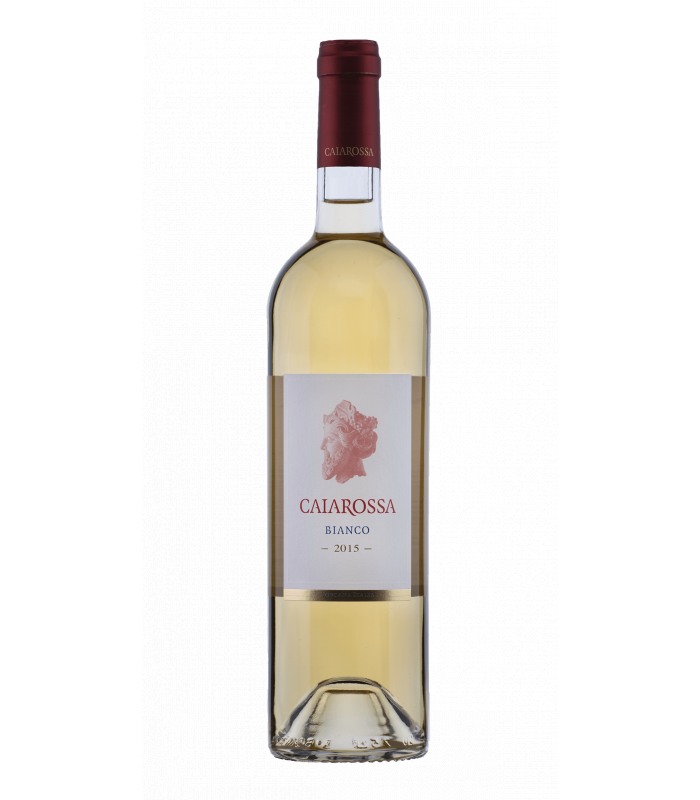


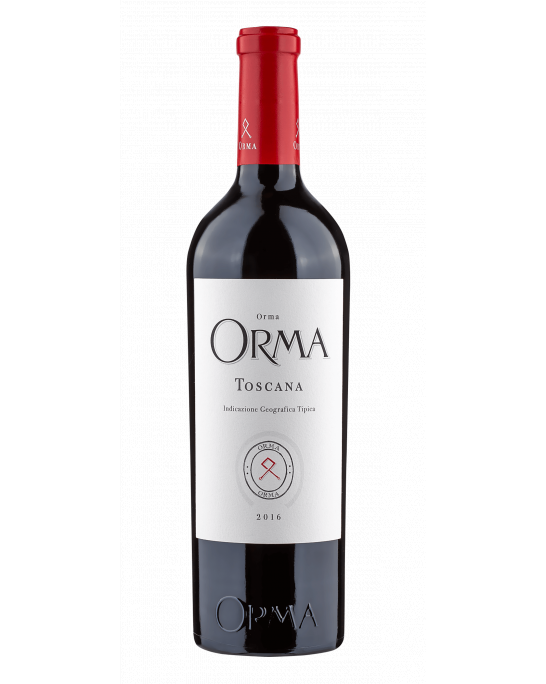
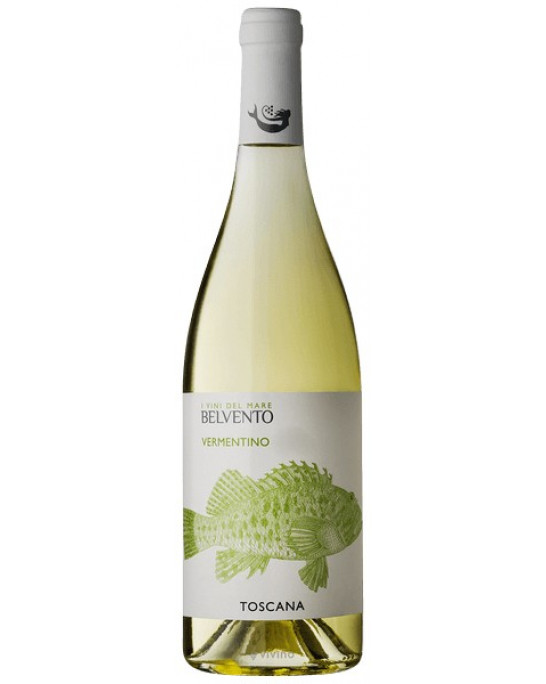
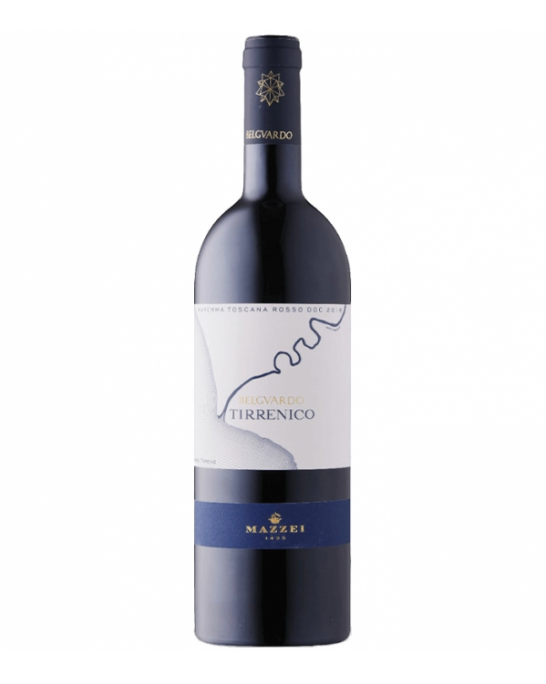
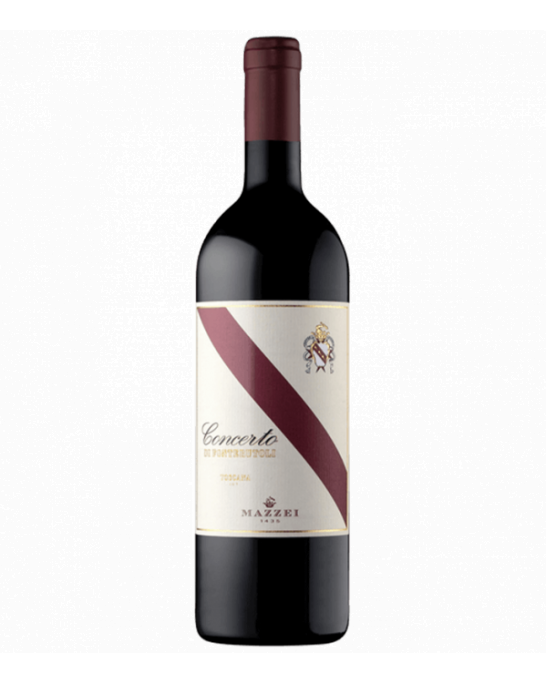
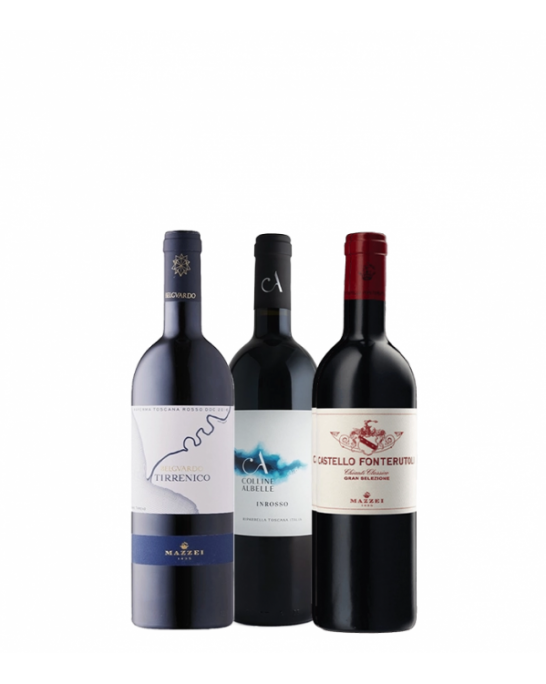
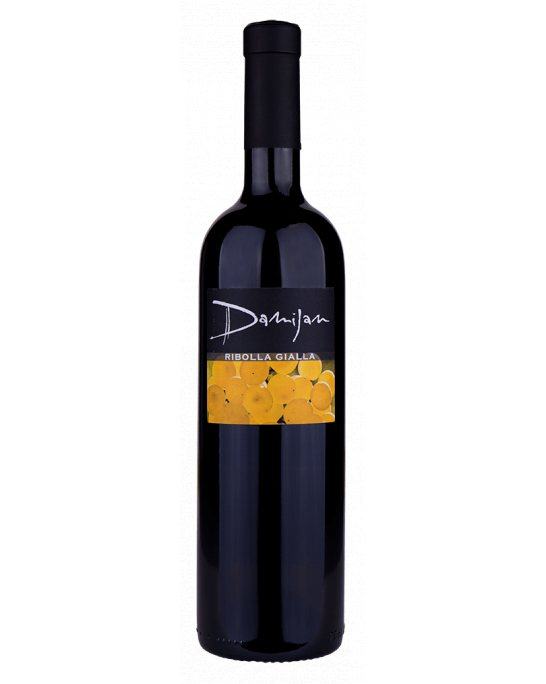
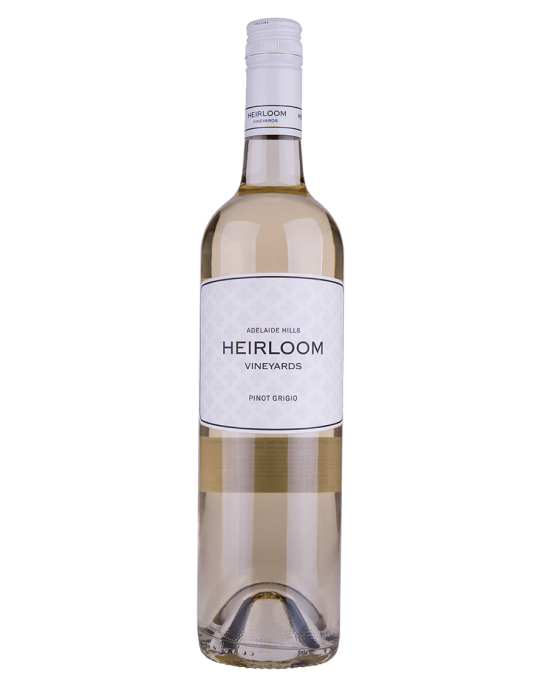
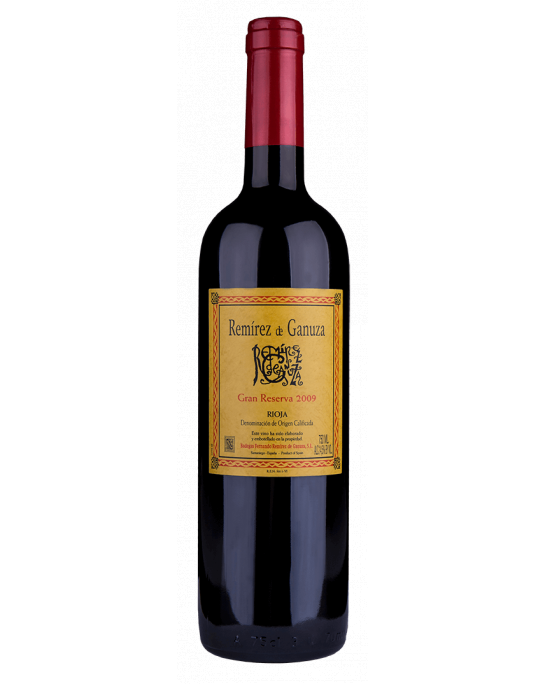
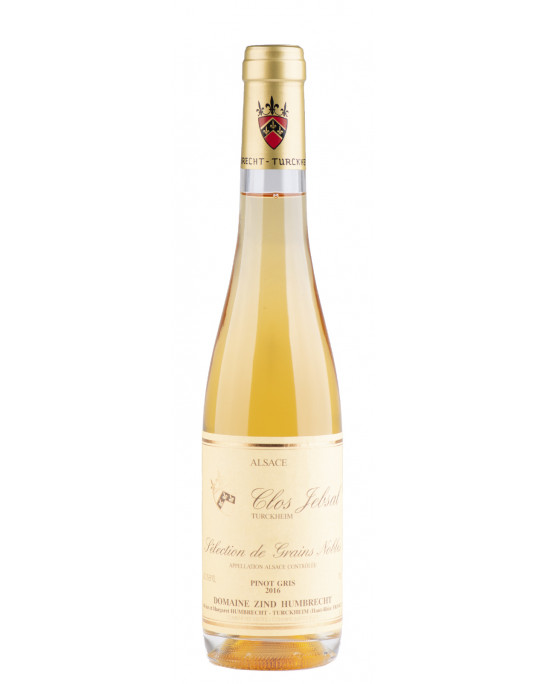
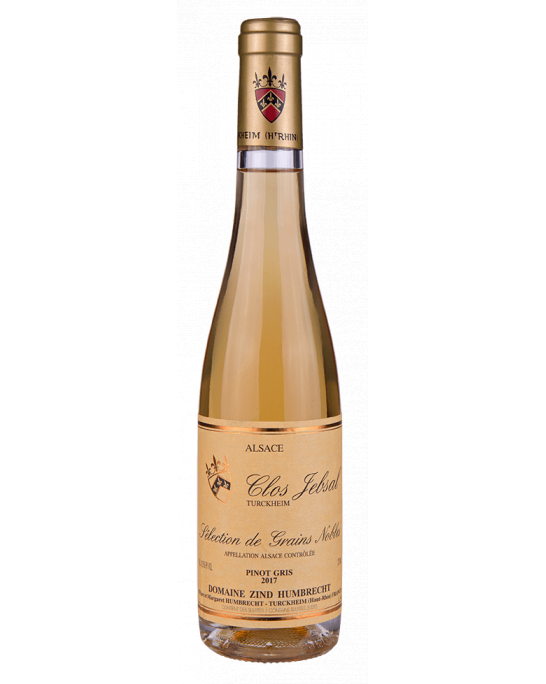
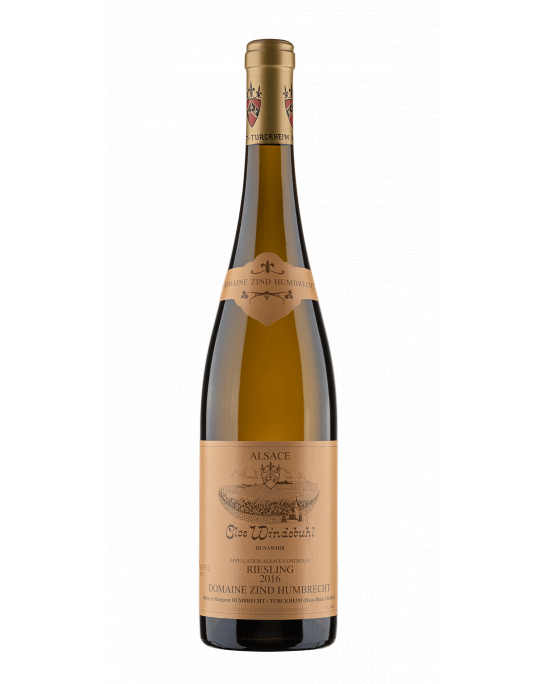
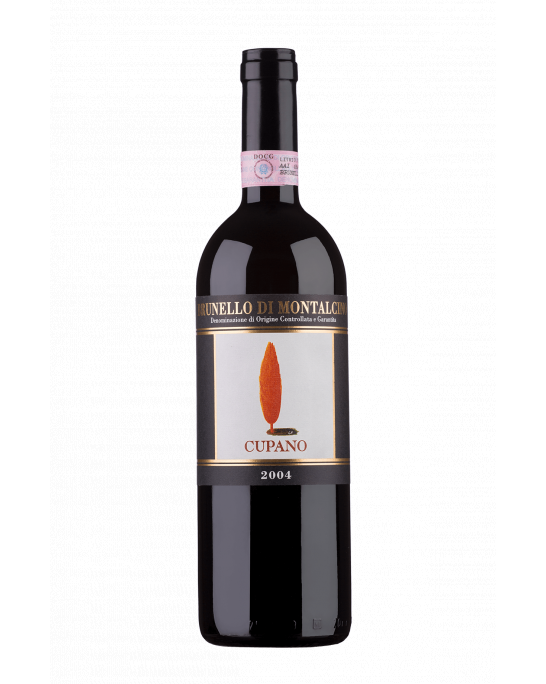
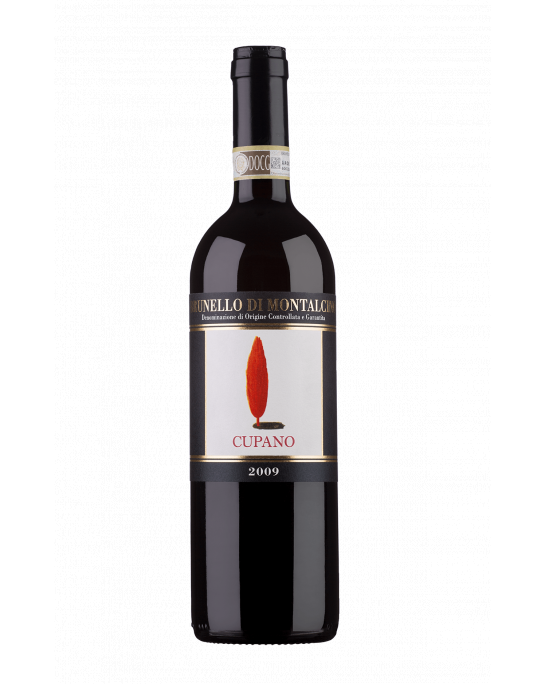
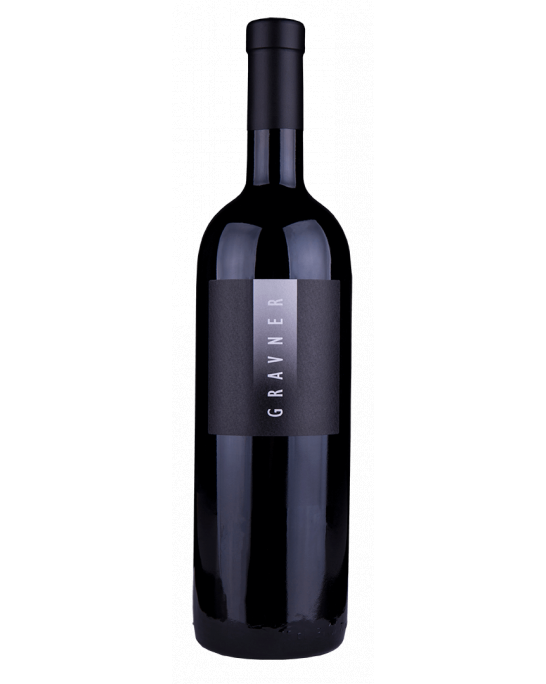
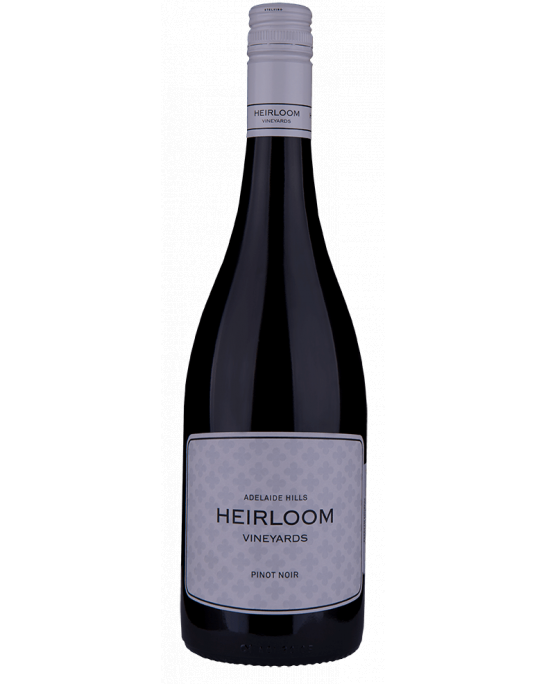
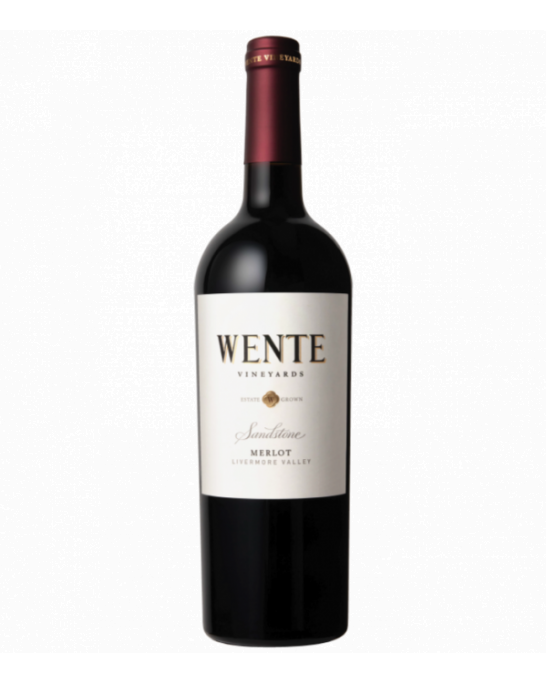
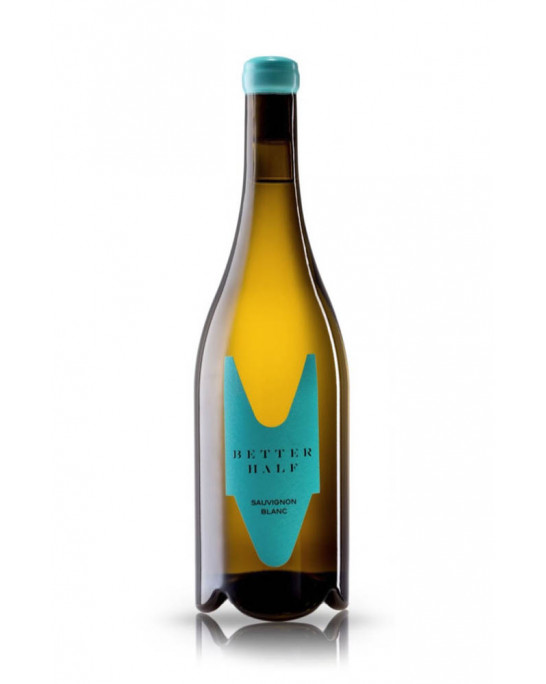
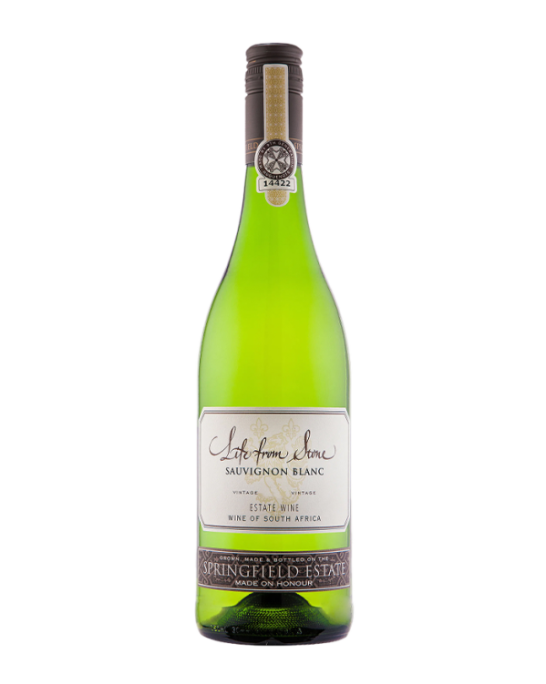
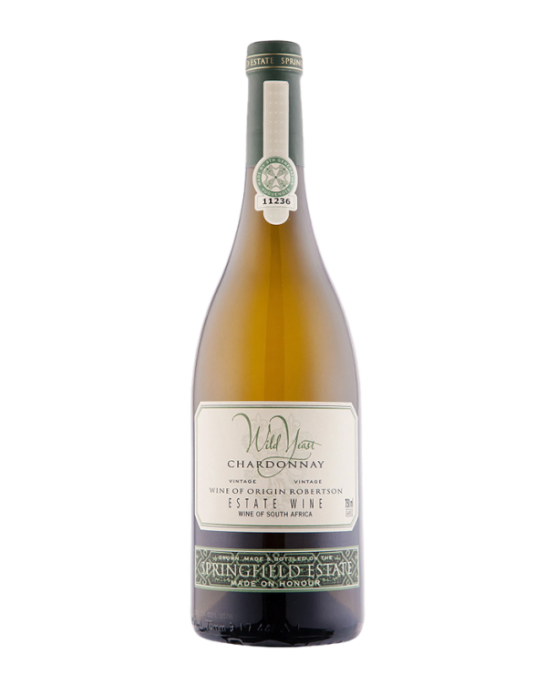
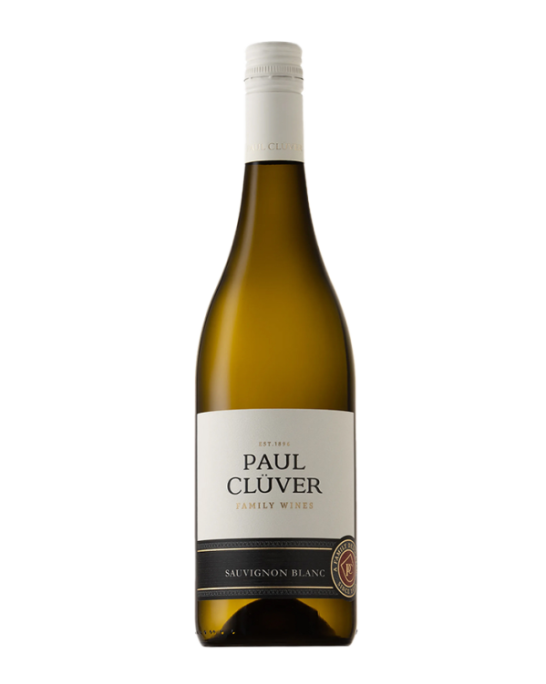
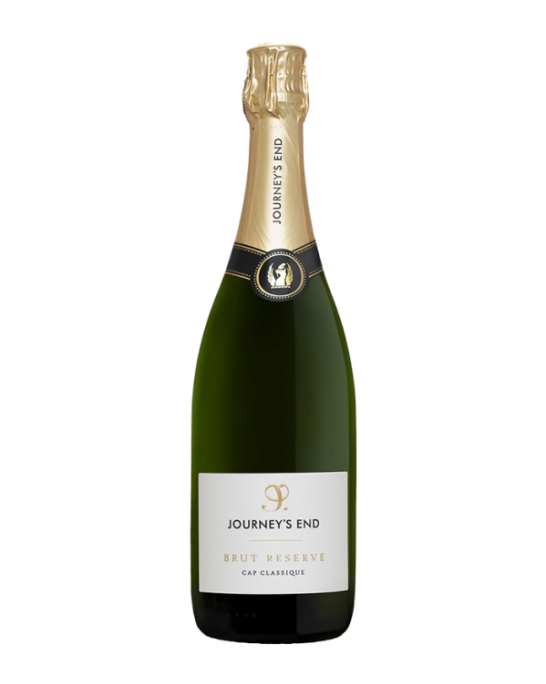
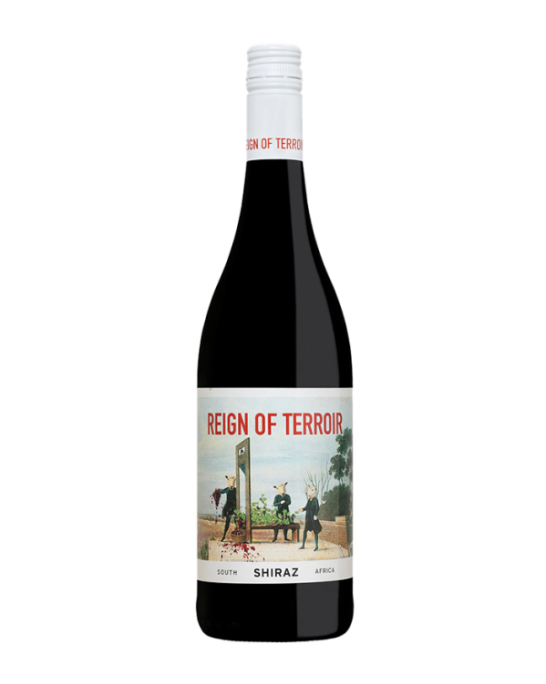
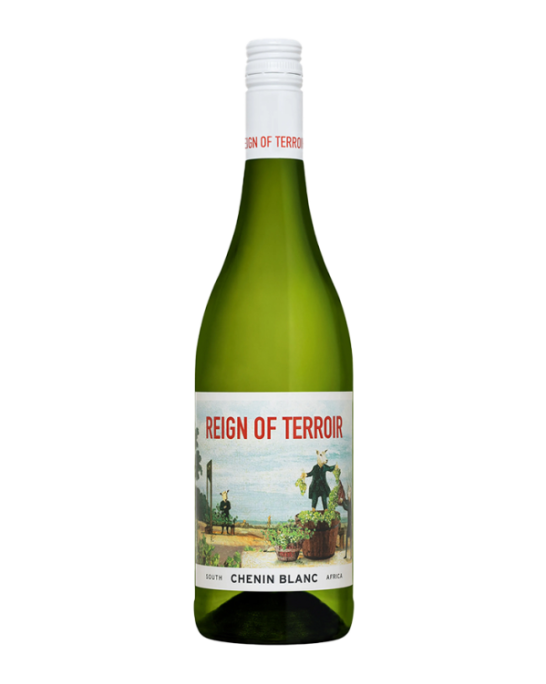
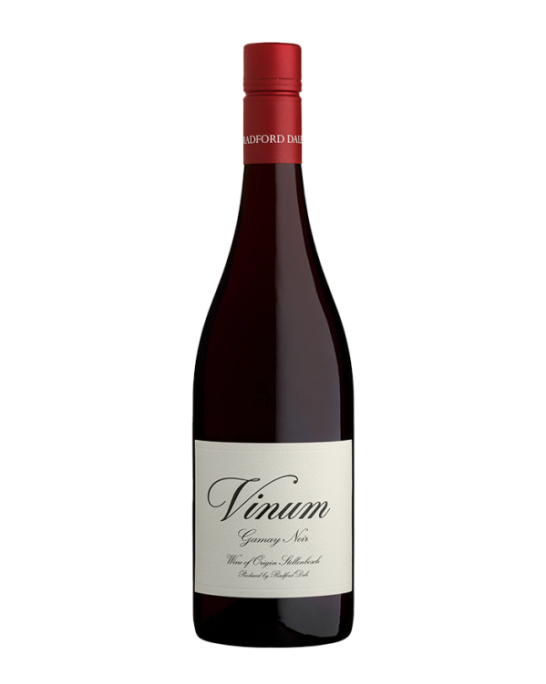
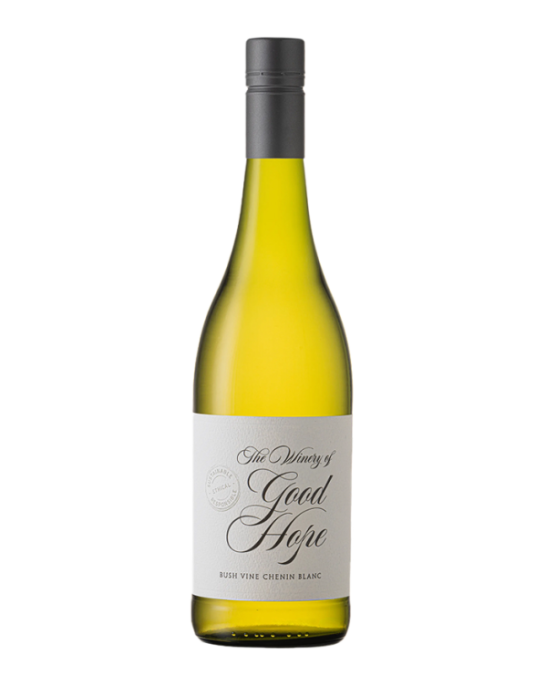
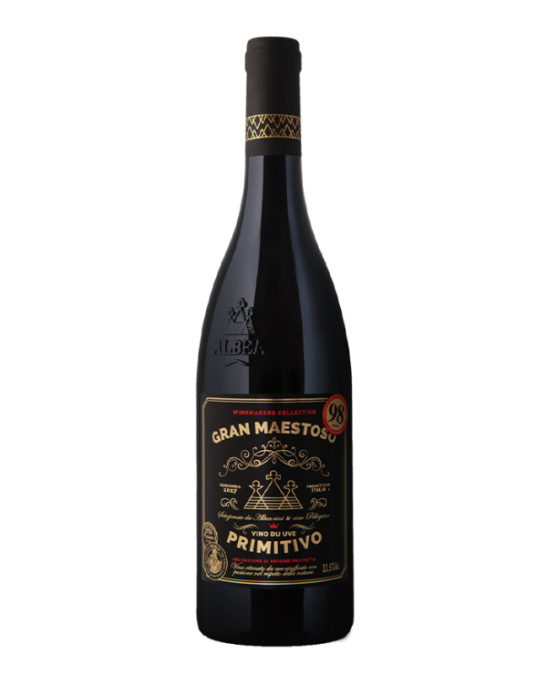
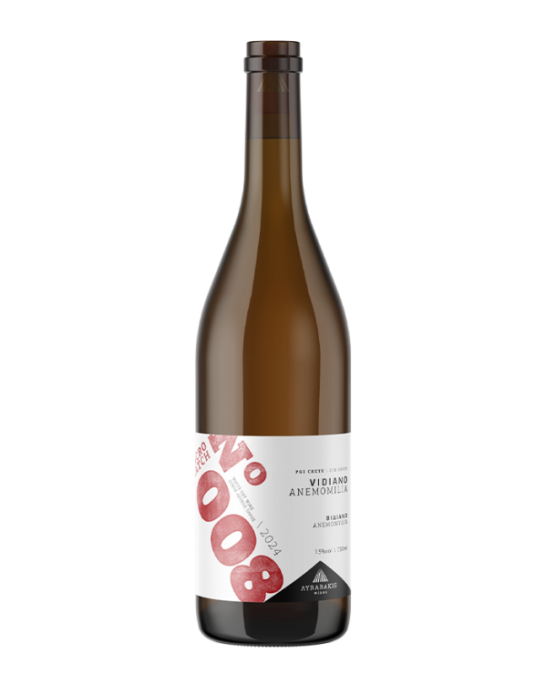
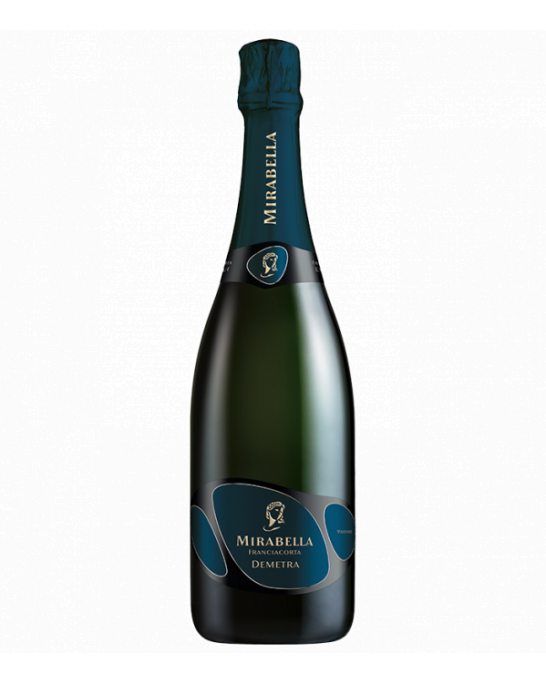
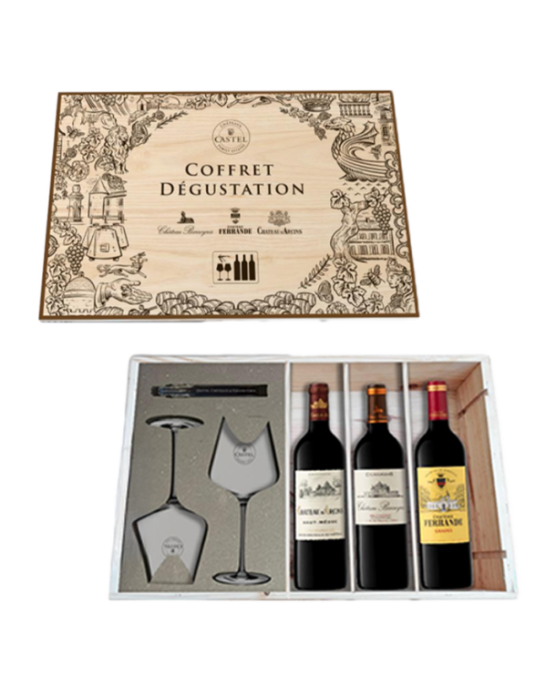
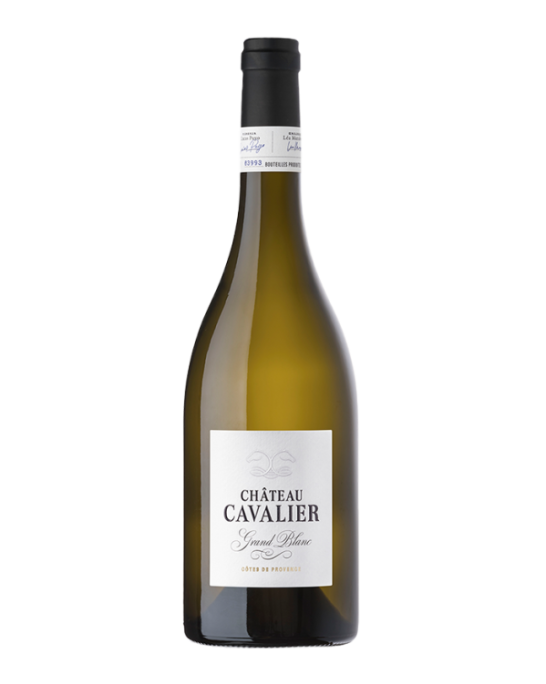
Customer reviews
No reviews available
Be the first to review